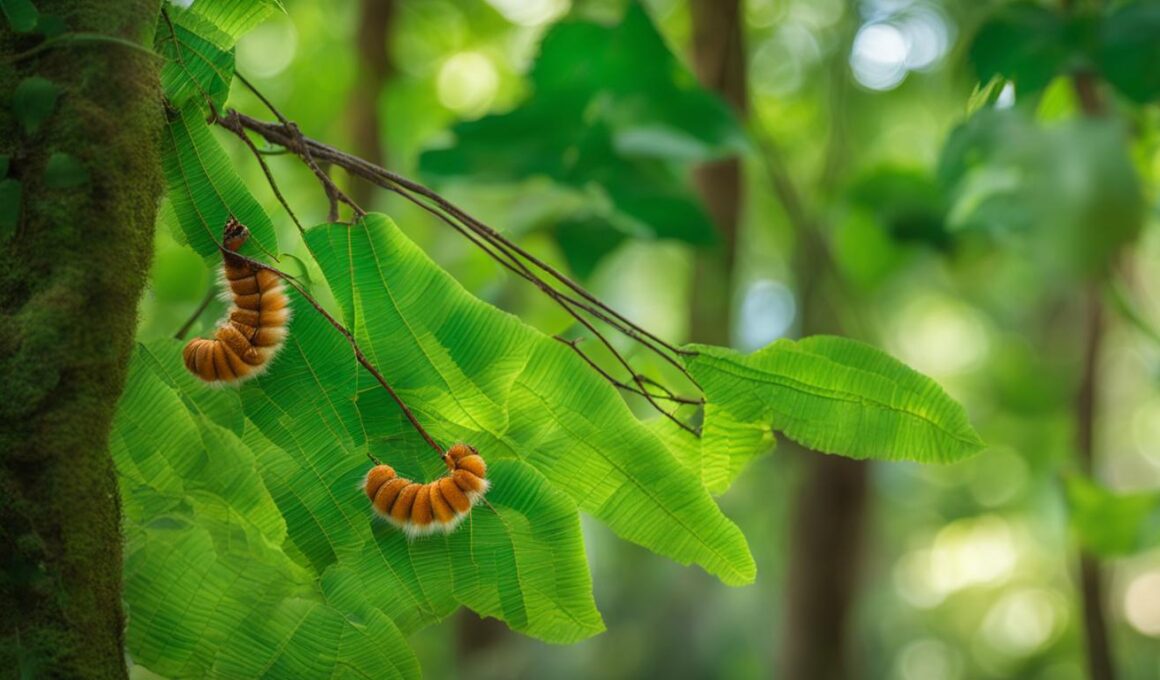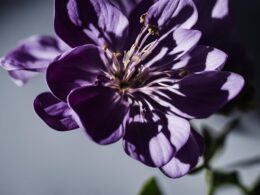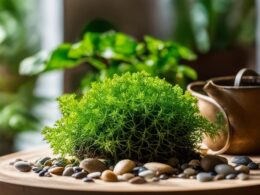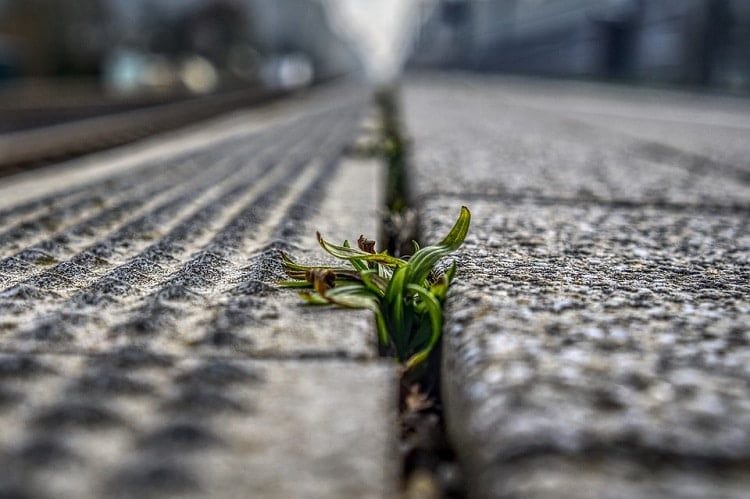Welcome to the enchanting world of silk worms, where nature’s fine weavers create one of the most luxurious fabrics known to mankind. In this article, we will explore the fascinating process of silk production and its intricate relationship with trees. From ancient Chinese empresses to modern-day fashion designers, silk worms and trees have woven a tale of beauty, craftsmanship, and sustainability.
Silk production has a long history dating back to 2,600 BC in China. It all begins with silk worms, the larvae of the domestic silkmoth, Bombys mori. These remarkable creatures spin filaments to create cocoons, which later become the source of the exquisite silk fabric. Silk worms rely on mulberry trees for sustenance, as they feed on the leaves of these trees. This intricate bond between silk worms and trees forms the foundation of silk production.
Over the centuries, silk production has evolved from a closely guarded secret in China to a global industry. The discovery of silk was attributed to the Chinese Empress Lei-Tsu, who found a cocoon in her cup of tea and unraveled the filament to create silk. The technique of raising silk worms on mulberry tree leaves, known as sericulture, soon spread across the world, giving rise to trade networks along the historic Silk Road.
The process of silk production involves the cultivation of silk worms, the harvesting of cocoons, and the extraction of silk threads. The cocoons, made of a single thread of silk up to 1 km long, are carefully harvested and processed to obtain the silk. The threads from multiple cocoons are then spun together, resulting in a strong thread that can be woven into fabric. The lightweight, smooth, and draping qualities of silk make it a preferred choice for luxurious clothing, furnishings, and accessories.
Today, silk production embraces both traditional methods and innovative approaches. While the conventional process involves boiling or steaming the cocoons to extract silk, some brands, such as Stella McCartney, have adopted the method of peace silk, allowing the pupa extra time to emerge before harvesting the silk. This ethical approach aims to respect the natural life cycle of the silk worms.
As we delve deeper into the world of silk production, we invite you to explore the intricate craftsmanship and sustainability practices that shape this ancient art form. Join us as we unravel the remarkable alliance between silk worms and trees, discover the history behind silk’s global journey, and appreciate the beauty of this exquisite fabric.
The Discovery and History of Silk Production
In the fascinating history of silk production, an ancient tale tells of an extraordinary discovery by the Chinese Empress Lei-Tsu. Legend has it that in 2,640 BC, while savoring a cup of tea under a mulberry tree, she noticed a small cocoon floating in her beverage. Inspired by curiosity, she carefully unraveled the cocoon and unveiled a shimmering thread, later known as silk.
This serendipitous encounter marked the beginning of sericulture, the practice of raising silkworms on mulberry tree leaves. Recognizing the tremendous value of this newfound material, the Chinese zealously guarded the secrets of silk production, fostering a monopoly that would span centuries.
Silk, with its luxurious qualities and versatility, captivated the world and became highly sought after. The demand for this exquisite fabric led to the establishment of trade networks along the historic Silk Road, connecting civilizations and facilitating cultural exchanges.
While China held a virtual monopoly on silk production for centuries, its secrets eventually spread beyond its borders. Other countries, entranced by the allure of silk, adopted the techniques and processes involved in sericulture. Today, silk production continues to thrive in various countries, including Japan, China, Spain, France, Italy, and Colombia.
Through the centuries, silk has become synonymous with elegance, luxury, and refinement. Its history is a testament to the skill and dedication of countless artisans, craftsmen, and sericulturists who have perpetuated the legacy of silk production.
The Process of Silk Production
The production of silk involves a fascinating process that begins with silk worms and ends with beautiful fabric. Let’s take a closer look at the steps involved in silk production.
Step 1: Silk Worms and Cocoons
The process starts with silk worms spinning cocoons made of a single thread of silk. These cocoons are incredibly strong and can measure up to 1 kilometer in length. The silk worms spend around 10-14 days inside the cocoons before undergoing a transformation.
Step 2: Emergence of Silk Moth
After the designated period, a silk moth emerges from each cocoon. However, in order to obtain the silk, the cocoons are boiled or steamed to kill the pupa inside. This step is necessary to ensure the silk can be easily unwrapped without any interference.
Step 3: Silk Extraction
The boiled or steamed cocoons are carefully unwound to extract the silk threads. Multiple strands from different cocoons are combined, strengthened, and spun together to create a single, strong thread. This specialized thread is a crucial component in the production of silk fabric.
Step 4: Weaving into Fabric
The final step in silk production involves weaving the silk thread into fabric. The strong and luxurious silk thread is carefully woven to create various types of fabric, ranging from delicate and lightweight to more heavy and draping. The weaving process transforms the silk thread into the highly sought-after silk fabric, known for its smooth texture and lustrous appearance.
Overall, the process of silk production is a testament to the intricate and meticulous craftsmanship required to create such a valuable and luxurious fabric.
Conclusion
The intricate world of silk production is fueled by the fascinating lives of silk worms and the vital role played by mulberry trees. These tiny creatures rely on the leaves of mulberry trees as their primary food source and meticulously spin cocoons from which silk is derived. The process of silk production has a rich history that dates back thousands of years, originating in China and later spreading across the globe through extensive trade networks, such as the historic Silk Road.
Today, silk remains a highly coveted fabric, revered for its luxurious feel, exquisite drapery, and lustrous sheen. The silk industry is thriving with major producers including China, Japan, and Italy. The methods of silk production have evolved over time, offering diverse approaches to meet the demands of sustainability and ethical practices. One such method gaining popularity is the use of peace silk, allowing the silk worm to naturally emerge from its cocoon before the silk is harvested.
As silk worms and mulberry trees continue their intertwined journey, the silk industry continues its legacy as a pillar of the global textile market. With its enduring allure and craftsmanship, silk captivates the hearts of artisans and fashion enthusiasts alike. The relationship between silk worms and mulberry trees symbolizes the harmonious connection between nature’s fine weavers and the nourishing source that fuels their remarkable talent.
Are Silk Worms Harmful to Trees and Their Ecosystem?
Silk worms, although harmless, can still have an impact on trees and their ecosystem. However, they are not the primary concern. Instead, it is crucial to identify tiny lime green bugs, like the destructive gypsy moth caterpillars, that pose a more significant threat to trees as they can defoliate and weaken them. Understanding and addressing the presence of these bugs are crucial to preserving tree health and the delicate ecosystem they support.










